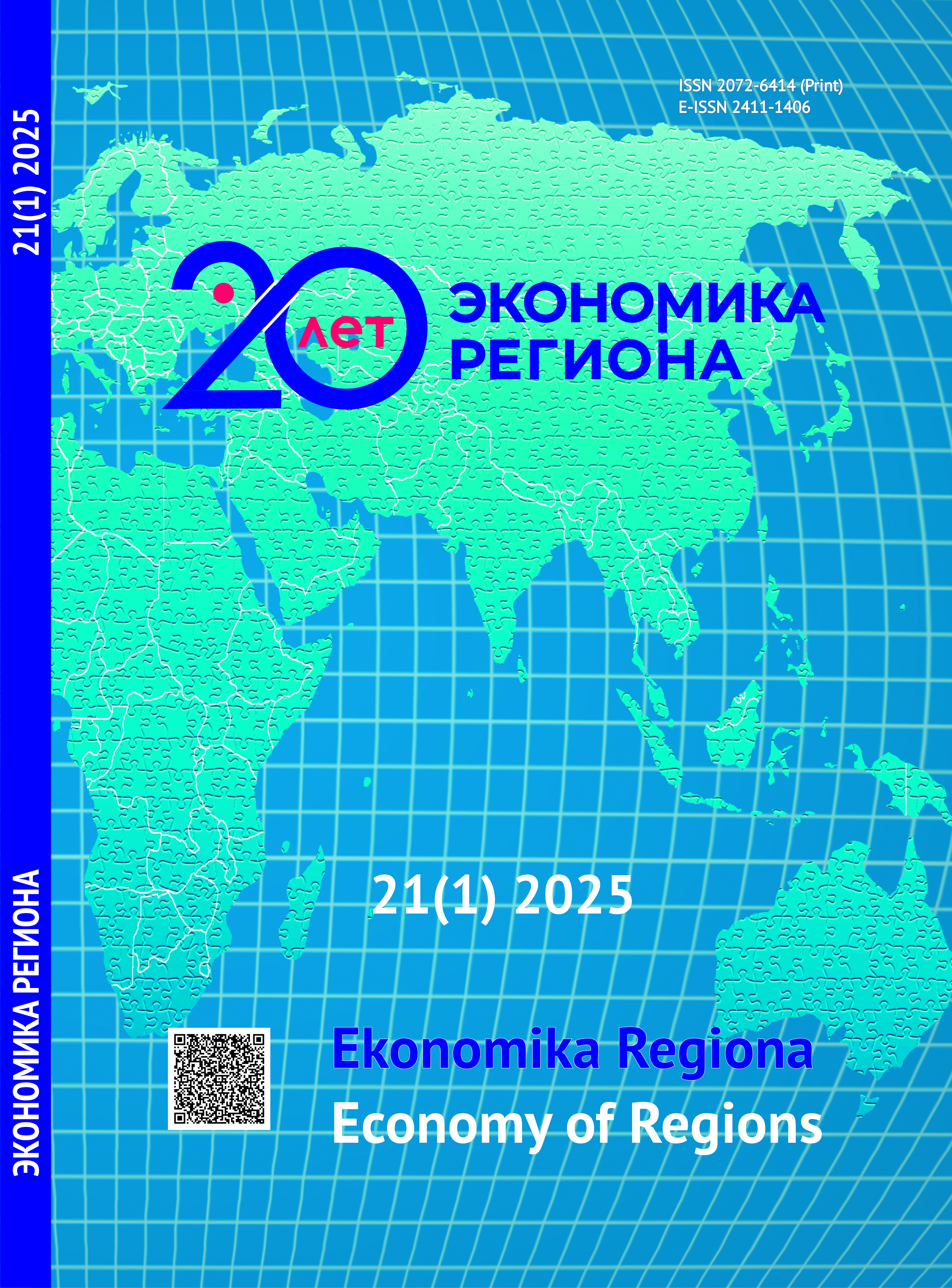Key Economic Trends in Russian Regions Affected by Desertification
DOI:
https://doi.org/10.17059/ekon.reg.2025-1-2Keywords:
desertification processes, gross regional product, socio-economic indicators, demographic indicators, migration outflow, morbidity, economic trendsAbstract
In the context of global climate change and increasing anthropogenic pressure on the environment, desertification not only leads to the deterioration of natural conditions but also causes significant shifts in the social and economic aspects of people’s lives. This article outlines the main trends in the economic development of Russian regions affected by desertification. It examines both physical and socio-economic parameters, with particular focus on indicators such as population, migration, health metrics, mortality, and fertility. Among the many Russian regions facing land desertification, regions with the largest areas of degraded land are highlighted as model cases: the Republic of Kalmykia, the Volgograd Oblast, the Republic of Dagestan, the Astrakhan Oblast, and Stavropol Krai. These regions are characterized by a relatively low share of the agricultural sector in their regional economies, which does not exceed 23 %. In Kalmykia, Dagestan, and Astrakhan, there has been a noticeable increase in the number of pasture animals over a 25-year period, by 16 %, 59 %, and 69 %, respectively. This trend places additional strain on pastures, contributing to pasture degradation. Additionally, a decline in the rural population has been observed: a 7 % decrease in Kalmykia, 3 % in Volgograd, 4 % in Dagestan, and 6 % in Stavropol. As a result of natural decline and migration, the total population has decreased by 19 % in Kalmykia and 7 % in Volgograd. Over the past 25 years, the incidence rate per 1,000 people has also risen. The consequences of land degradation are profound, negatively affecting socio-economic development, reducing the area of farmland, decreasing productivity, prompting rural migration, and exacerbating socio-demographic challenges. The findings of this study can inform decision-making in managing resettlement programs from degraded territories to restore land resources, implement phytomelioration measures for rehabilitating degraded pastures, and expand early diagnostic programs to monitor public health.
Downloads
Published
How to Cite
Issue
Section
License
Copyright (c) 2025 Беляев Александр Иванович , Пугачёва Анна Михайловна , Зыкова Ангелина Алексеевна , Корнеева Евгения Александровна

This work is licensed under a Creative Commons Attribution 4.0 International License.




